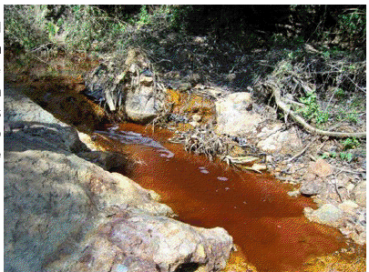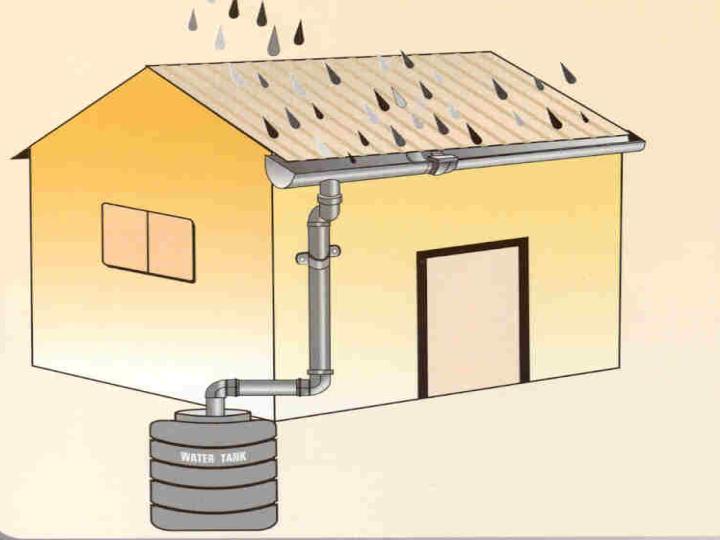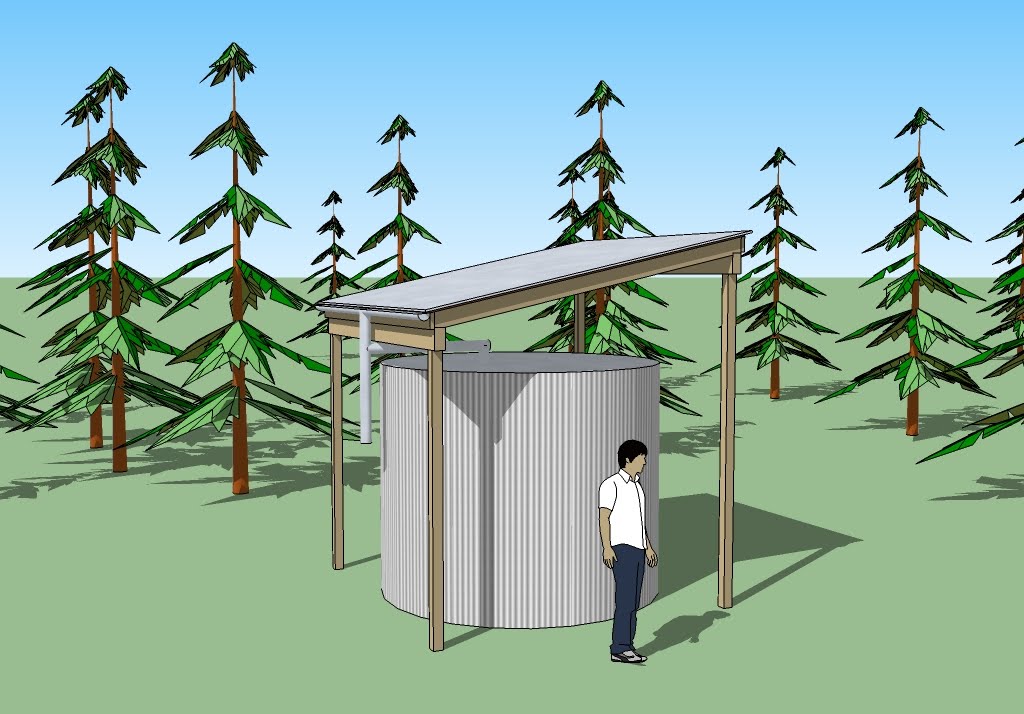Water Caption & Filtration
Lack of Water
70%-80% of fresh water is used in agriculture. Much of the areas inflicted with drought is caused by deforestation.
Drinking Contaminated Water
Waterborne diseases are caused by pathogenic microorganisms that most commonly are transmitted in contaminated fresh water. Infection commonly results during bathing, washing, drinking, in the preparation of food, or the consumption of food thus infected. Various forms of waterborne diarrheal disease probably are the most prominent examples, and affect mainly children in developing countries; according to the World Health Organization, such disease account for an estimated 4.1% of the total DALY global burden of disease, and cause about 1.8 million human deaths annually. The World Health Organization estimates that 88% of that burden is attributable to unsafe water supply, sanitation and hygiene.
Scope
• 1.1 billion people in the world do not have access to safe drinking water, roughly one-sixth of the world's population.
• 2.2 million people in developing countries, most of them children, die every year from diseases associated with lack of access to safe drinking water, inadequate sanitation and poor hygiene.
• Half of the world's hospital beds are filled with people suffering from water related illnesses.
• In the past 10 years, diarrhea has killed more children than all the people lost to armed conflict since World War II.
• Despite the size of the problem, we have made little progress against it. There were only 181 million fewer people living without safe drinking water in rural settings in 2004 (899 million) vs. 1990 (1.08 billion)
• 50 percent of people on earth lack adequate sanitation. Another way to look at it: Nearly half of the world's population fails to receive the level of water services available 2,000 years ago to the citizens of ancient Rome.
• 1.1 billion people in the world do not have access to safe drinking water, roughly one-sixth of the world's population.
• 2.2 million people in developing countries, most of them children, die every year from diseases associated with lack of access to safe drinking water, inadequate sanitation and poor hygiene.
• Half of the world's hospital beds are filled with people suffering from water related illnesses.
• In the past 10 years, diarrhea has killed more children than all the people lost to armed conflict since World War II.
• Despite the size of the problem, we have made little progress against it. There were only 181 million fewer people living without safe drinking water in rural settings in 2004 (899 million) vs. 1990 (1.08 billion)
• 50 percent of people on earth lack adequate sanitation. Another way to look at it: Nearly half of the world's population fails to receive the level of water services available 2,000 years ago to the citizens of ancient Rome.
Water Capture
We will build more Surfaces to allow rain to fall and then be captured.
Water Filtration
Purifiers will get rid of 100% of the pathogens, bacteria, parasites, cysts, toxic metals and chemicals in the water.











